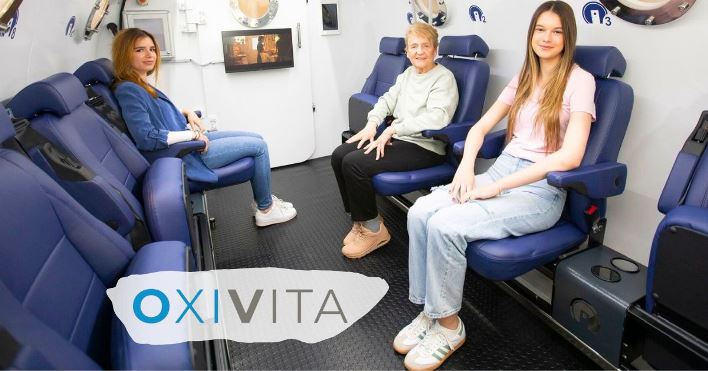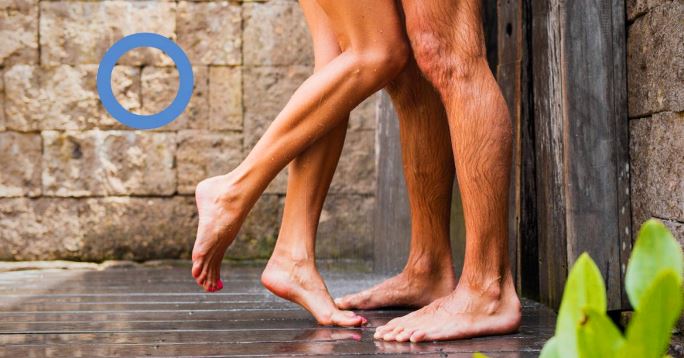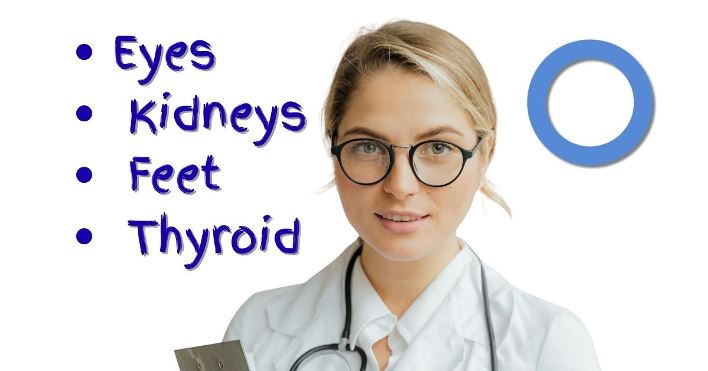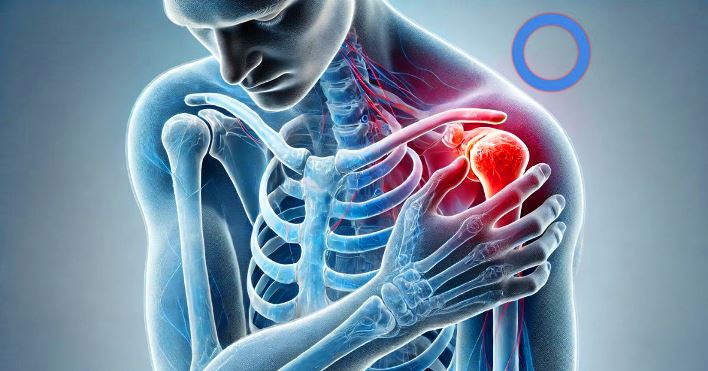Diabetes is a chronic disease that often leads to permanent complications, primarily affecting blood vessels and nerves. These changes significantly increase the risk of one of the most severe complications—diabetic foot. This clinical condition involves poor peripheral circulation and diabetic neuropathy, resulting in chronic wounds that heal slowly and with difficulty. A valuable treatment option for such wounds is oxygen therapy under increased atmospheric pressure, known as hyperbaric oxygen therapy (HBOT). This therapy is performed in a special medical device—the hyperbaric chamber—described in more detail below.
What is a hyperbaric chamber?
A hyperbaric chamber is an enclosed space in which the patient breathes 100% oxygen under elevated pressure, typically between 2.0 and 2.8 ATA (atmospheres absolute). These conditions allow for a significantly higher absorption of oxygen into the body than is possible under normal atmospheric pressure. Oxygen is then transported to the tissues not only via hemoglobin but also dissolved in plasma, thereby increasing its availability even in poorly perfused tissues—an essential factor for patients with diabetic complications and chronic wounds.
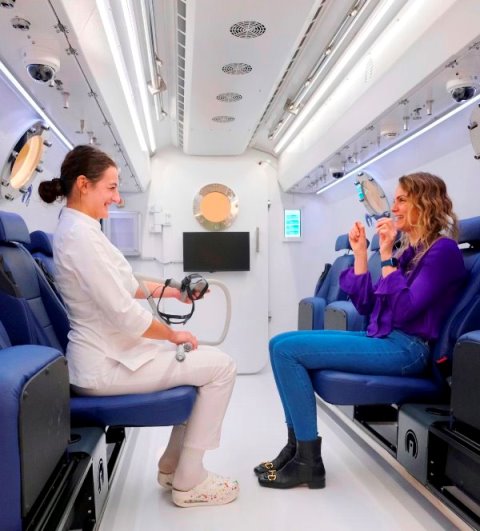
Effects of HBOT on diabetic foot and chronic wounds
Hyperbaric oxygen therapy provides multiple positive effects for people with diabetes who suffer from hard-to-heal wounds, especially those associated with complications such as diabetic foot. HBOT increases the amount of oxygen in tissues, stimulating the formation of new capillaries and improving local circulation. This promotes the regeneration of damaged tissues while reducing swelling and inflammation in the wound area.
Greater oxygen availability also strengthens the immune system, particularly the effectiveness of white blood cells in fighting bacterial infections, which is crucial for preventing and treating wound infections. In addition, oxygen is necessary for collagen synthesis and the formation of granulation tissue—processes that are fundamental to wound healing. All these mechanisms contribute to a faster and more complete recovery, reducing the risk of complications such as amputations.
When is HBOT recommended?
According to guidelines from relevant professional organizations, such as the Undersea and Hyperbaric Medical Society (UHMS), HBOT is recommended as:
- An adjunct therapy for diabetic wounds that show no improvement after at least 30 days of standard treatment.
- A treatment option for soft tissue infections such as necrotizing fasciitis, ischemic ulcers with a high risk of amputation, and chronic osteomyelitis.
Treatment protocol and duration
HBOT is typically administered once daily, five days a week, with each session lasting 60 to 90 minutes. For chronic wound treatment, the recommended number of sessions usually ranges from 20 to 40, depending on the clinical presentation and the patient’s individual response.
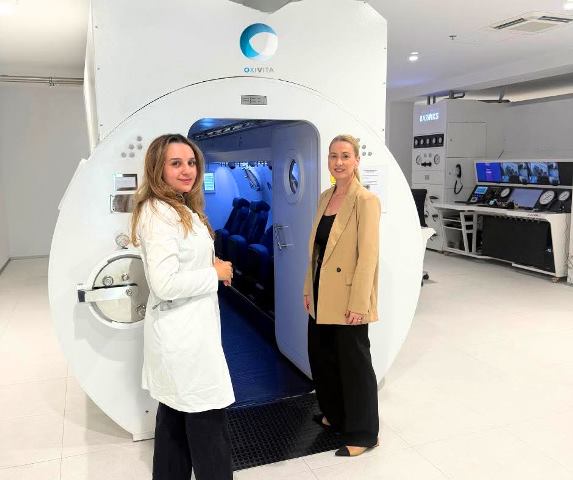
Safety and possible side effects
The therapy is generally safe when performed under the supervision of trained medical staff.
The most common side effects include a sensation of pressure in the ears due to pressure changes, while more serious effects such as oxygen toxicity are rare. Contraindications include untreated pneumothorax, certain severe lung diseases, epilepsy, acute ear or sinus infections, and pronounced claustrophobia.
Conclusion
Hyperbaric oxygen therapy is a significant adjunct in the treatment of diabetes complications, particularly chronic wounds and diabetic foot.
When combined with good glycemic control, proper local wound care, and, if necessary, surgical interventions, HBOT can greatly improve treatment outcomes, reduce the need for amputations, and enhance the patient’s quality of life.

